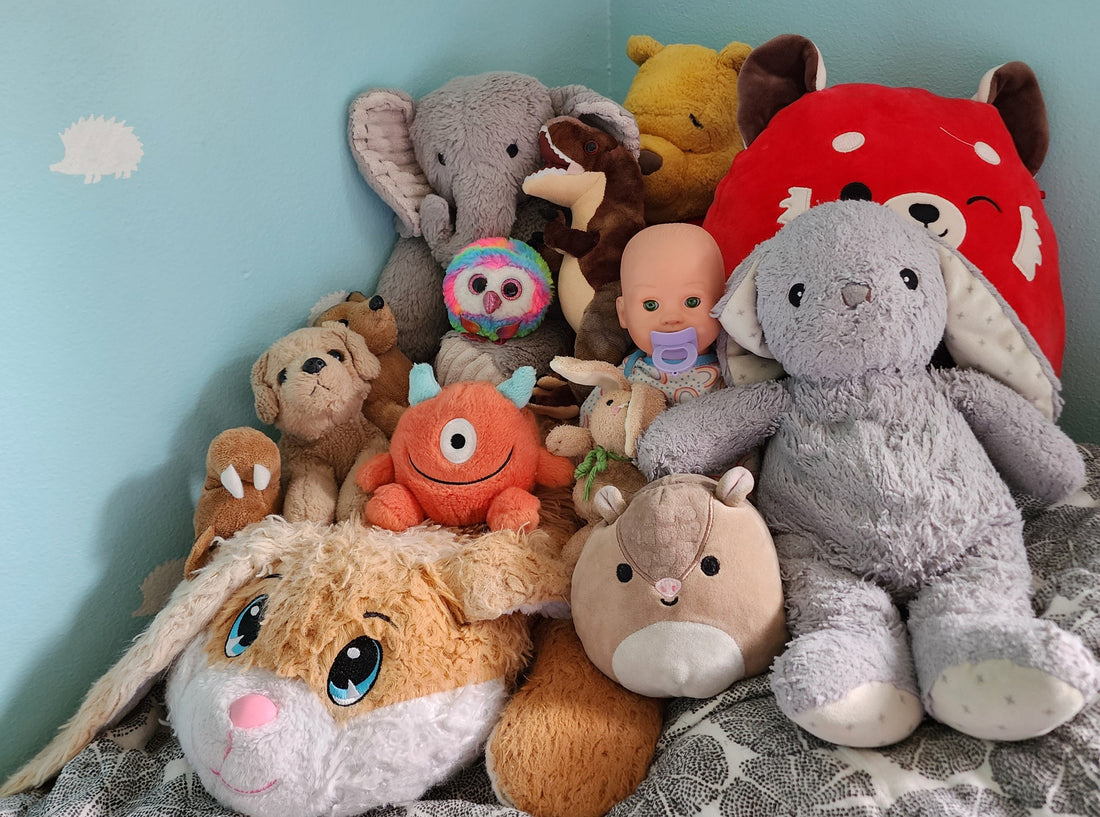
Toddler Bedtime Routine Reset: Creating a Calm Routine That Really Works
Share
Your bedtime routine used to work . . . until it didn’t. Suddenly the routine that used to mean lights out in 15 minutes has turned into a 45-minute circus act starring stalling tactics, pajama negotiations, and one more cup of water.
Here’s the thing: toddlers change. Fast. Their bedtime routine? It needs to evolve with them. And it doesn't mean you're doing it wrong. It just means reviewing what’s working, figuring out what’s not, and making small, smart tweaks.
Let’s treat bedtime like a little system you can fine-tune—because your time matters, your mental load is full, and sleep shouldn’t feel like a nightly battle.
1. Review the Routine Like a Researcher
Set aside your feelings about how bedtime should go, and observe how it actually goes. What parts go smoothly? Where do the wheels come off?
Try mentally (or literally) mapping out the flow from “Okay, time to get ready for bed!” to “Lights out.” Look for:
- Points of friction (teeth brushing drama? toy pick-up detours?)
- Points of confusion (does your child know what comes next?)
- Points of delay (where are they gaining wiggle room?)
2. Identify Hidden Expectations and Replace Them with Clarity
Sometimes bedtime chaos happens because we expect toddlers to just know the routine. But they don’t. Especially if it’s shifted over time or includes a dozen micro-decisions.
Clear, consistent steps help toddlers feel safe and confident. You can use a visual chart or even a silly bedtime song listing the steps. Either way, clarify what bedtime means in your house.
Example:
“First we clean up, then we brush, then we pick books, then we snuggle. That’s bedtime.”
3. Let Them Lead (a Little)
Give your toddler small opportunities to make choices within the structure you’ve already set. That doesn’t mean they get to design bedtime from scratch. It means they get to participate.
Try offering 2 options at a time:
- “Do you want to hop like a bunny to the bathroom or tiptoe like a mouse?”
- “Do you want the duck jammies or the robot ones?”
Choices reduce resistance because they give your toddler a sense of control inside a safe boundary. It’s like letting them hold the steering wheel on the shopping cart. You’re still driving.
According to child development experts, offering toddlers limited, age-appropriate choices is a powerful way to support independence and emotional growth. Even small decisions help them feel capable, respected, and more willing to cooperate.
4. Reduce the Routine Clutter
If bedtime takes forever, it may not be because your toddler is unruly. It might be because the routine has too many steps, too many props, too many places to stall.
Ask yourself:
- Do we need to pick up every single toy before bed?
- Do we really need 4 bedtime books and 2 different nightlights?
- What can be simplified or cut to make the routine feel lighter?
Trim what’s not serving you so bedtime doesn’t feel like another chore on the to-do list.
5. Make the Last Step Something You Can Actually Enjoy
Let’s be honest: most parents just want one hour to themselves at the end of the night. Time to eat a snack without sharing it or finish a show without rewinding the same part 4 times. But if the last moment of the bedtime routine is full of stress, guilt, or power struggles, it’s hard to get that peaceful break.
Design the end of the routine to work for you too. Maybe it’s one song and a nose nuzzle—something cozy that you can stick to every night. Make it sweet, short, and sustainable.
You deserve closure. So does your kid.
Bedtime Isn’t Broken—It’s Just Due for a Tune-Up
A calm bedtime with a toddler doesn’t require magic. It just needs a routine that makes sense for where your child is now. Review what’s working, simplify what’s not, and build in just enough choice to keep the peace.
It won’t be perfect every night (because toddlers), but it can be a whole lot calmer, and with fewer battles and more breathing room for everyone.